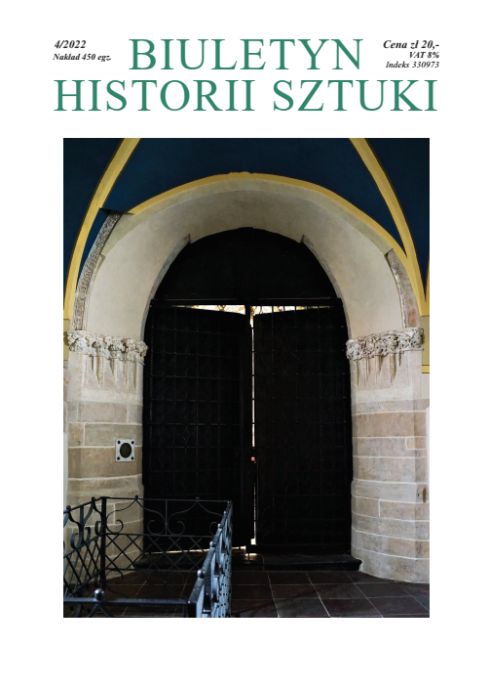Jak Feniks z popiołów. Architektura kościoła franciszkanów w Zamościu
Like Phoenix from the Ashes.
The Architecture of the Franciscan Church in Zamość
Author(s): Aleksander StankiewiczSubject(s): Architecture, History of Art
Published by: Instytut Sztuki Polskiej Akademii Nauk
Keywords: early baroque; Conventual Franciscans; Tomasz Zamoyski; Jan Wolff; Andrea dell'Aqua; Constante Tencalla; Matteo Castello; Zamość
Summary/Abstract: Despite its considerable size and high artistic quality, the Franciscan church in ZamoϾ failed to draw any discernible attention from the experts in Polish architecture. Until now, the main focus of research was to establish the fundamental facts from its history, and some attributions were made regarding the authorship of its design. In the light of the ongoing research on early modern art, however, it seems possible to add some details to the conclusions already reached. An impulse to take up the topic was provided by the recently conducted reconstruction of the church, which had been partially demolished in the 19th century and remodelled in the 20th century. An analysis of the extant iconographic sources dating from the 19th and early 20th century makes it possible to situate the architecture of the church in a broad context of the European and Polish architectural traditions, as well as to validate its reconstruction. The ZamoϾ church of the Franciscan Order was constructed in the period from 1637 to ca. 1685. Its design referred to the architecture of the late 16th Рearly 17th century Rome, but since the construction works were carried out by the masonry workshop of Jan Wolff, decorative elements made in mortar derive from the forms achieved in his circle. This, however, did not efface the early-Baroque look of the church Рa look that had its origin in, among others, the Basilica of Saint Peter in the Vatican and the designs by Lombard architects active ca. 1600 in Rome. An analysis of the correspondence of Tomasz Zamoyski, the owner of the fee tail estate of ZamoϾ and the founder of the church, and the architectural solu- tions applied in its construction permits us to assume that the church was designed by Constante Tencalla.
Journal: Biuletyn Historii Sztuki
- Issue Year: 84/2022
- Issue No: 4
- Page Range: 817-878
- Page Count: 62
- Language: Polish

